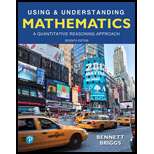
Concept explainers
Musical sound are generally produced by.
Answer to Problem 1QQ
Solution:
Musical sounds are produced by objects that vibrates.
Therefore, the correct option is (b)
Explanation of Solution
Musical sound is that sound which has controlled pitch and timbre. These sounds are produced by instruments in which the periodic vibrations can be controlled by the performer.
Music differs from noise mainly is that it possesses feature that enable it to be regarded as autonomous. Noise are most readily identified not by their character but by their source e.g. the noise of the dripping faucet, the grating chalk or the squeaking gate. Instruments that yield musical sounds or tones are those that produce periodic vibrations. Their periodicity is on their controlled basis.
The string of the violin, the lips of the trumpet player, in their unique ways are producer of periodic vibrations. All of them produce musical sounds by vibrating the objects.
Conclusion:
Music differs from noise mainly it possesses feature that enable it to be regarded as autonomous.
Musical sounds are produced by objects that vibrates.
Want to see more full solutions like this?
Chapter 11 Solutions
Using & Understanding Mathematics: A Quantitative Reasoning Approach (7th Edition)
 Discrete Mathematics and Its Applications ( 8th I...MathISBN:9781259676512Author:Kenneth H RosenPublisher:McGraw-Hill Education
Discrete Mathematics and Its Applications ( 8th I...MathISBN:9781259676512Author:Kenneth H RosenPublisher:McGraw-Hill Education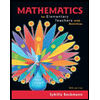 Mathematics for Elementary Teachers with Activiti...MathISBN:9780134392790Author:Beckmann, SybillaPublisher:PEARSON
Mathematics for Elementary Teachers with Activiti...MathISBN:9780134392790Author:Beckmann, SybillaPublisher:PEARSON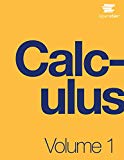
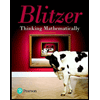 Thinking Mathematically (7th Edition)MathISBN:9780134683713Author:Robert F. BlitzerPublisher:PEARSON
Thinking Mathematically (7th Edition)MathISBN:9780134683713Author:Robert F. BlitzerPublisher:PEARSON Discrete Mathematics With ApplicationsMathISBN:9781337694193Author:EPP, Susanna S.Publisher:Cengage Learning,
Discrete Mathematics With ApplicationsMathISBN:9781337694193Author:EPP, Susanna S.Publisher:Cengage Learning,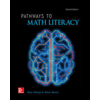 Pathways To Math Literacy (looseleaf)MathISBN:9781259985607Author:David Sobecki Professor, Brian A. MercerPublisher:McGraw-Hill Education
Pathways To Math Literacy (looseleaf)MathISBN:9781259985607Author:David Sobecki Professor, Brian A. MercerPublisher:McGraw-Hill Education





